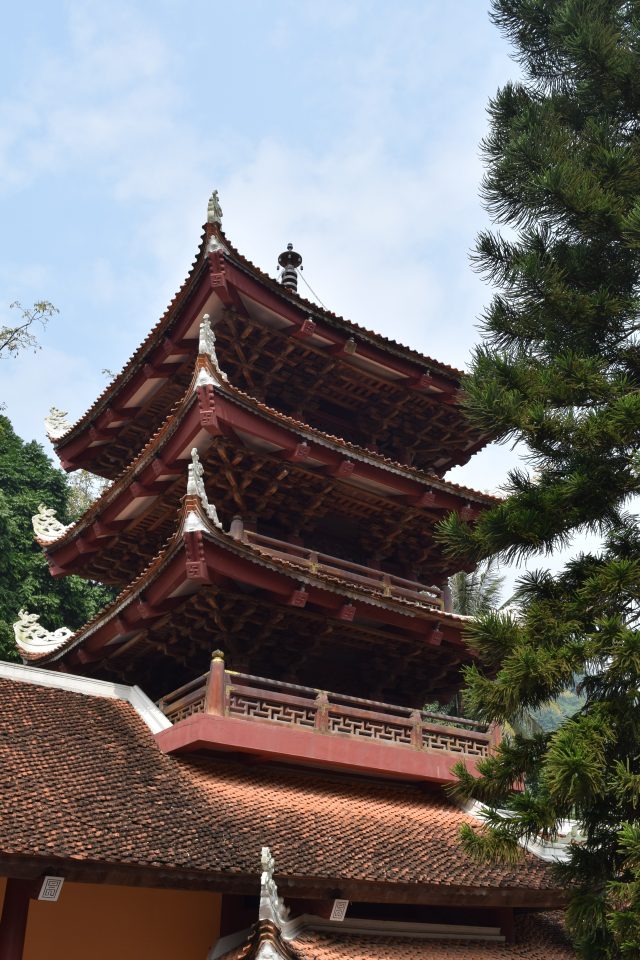In the heart of Vientiane is Patuxai, or Victory Gate, which is Laos’ version of the Arc de Triomphe in Paris. Just like the arch in Paris, going to the top of Patuxai provides amazing views of the city of Vientiane, which is the capital of Laos. The arch is made up of five levels that represent both the principals representing the coexistence of nations as well as the five principals of Buddhism. Regardless of the meanings of the five levels, today there are markets on each level as you climb to the top offering you the opportunity to buy local items and tourist trinkets.




In the square where the Patuxai arch sits, there is an interesting statue of elephants and a temple made completely from tea cups, saucers, and plates. We were told that it was a gift from China, which has a lot of influence over the country of Laos. It is interesting to see both from the ground as well as from the observation deck of Victory Gate. As you would expect, all of the roads lead to the arch, including the main road that leads to Presidential Palace. Sitting between the arch and the statue is a fountain that wasn’t running at the time of our visit, but we imagine it is quite beautiful, especially at night.




The arch was originally built in 1968 to honor the soldiers who died during World War II as well as the war for independence from France. In 1975, when the communist party overthrew the Laos government, the statue was renamed to its current name of Patuxai from its original name of Anousavali, which means monument. Regardless of its name, the main reason for visiting Patuxai is for the views of Vientiane, which are wonderful. It will only take an hour or so to visit the arch, even if you take some time to shop in the different levels within Patuxai.

















































